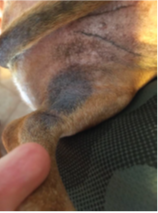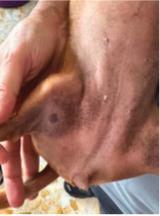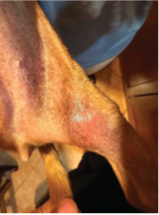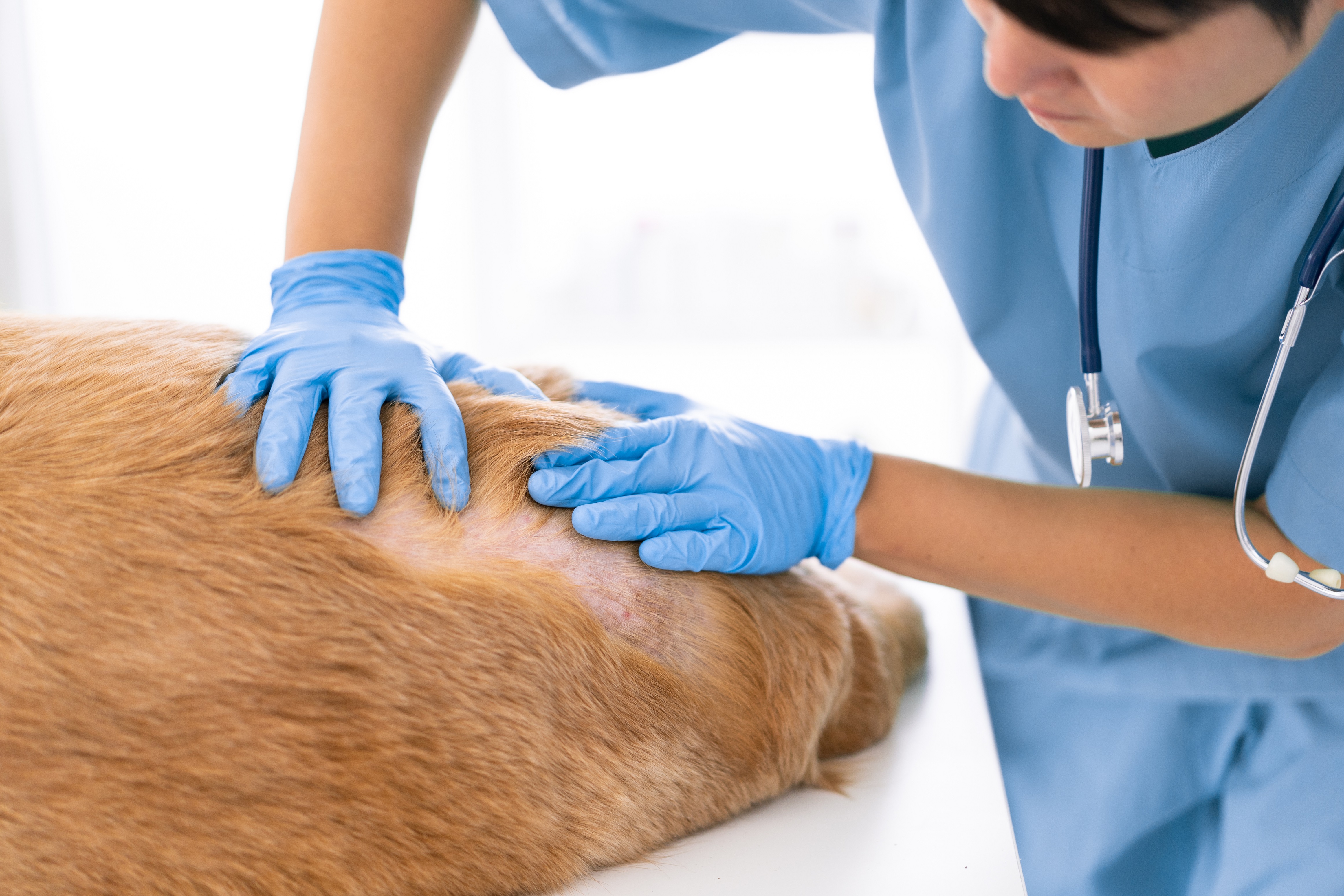Skin flare-ups in animals can be distressing for both pets and their owners. From incessant scratching to visible signs of discomfort, skin issues can significantly impact an animal's quality of life. As veterinarians, it's crucial to understand the underlying causes of these flare-ups and provide effective solutions to alleviate symptoms and promote healing.
Understanding the Causes
Before diving into treatment options, it's essential to identify the root cause of a skin flare-up. Several factors can contribute to skin issues in animals, including allergies, infections, parasites, and underlying health conditions. Allergies, whether food-related or environmental, are a prevalent cause of skin flare-ups in pets. Flea allergies, in particular, can lead to intense itching and inflammation. Bacterial or fungal infections, such as dermatitis or yeast infections, can also manifest as skin flare-ups. Additionally, underlying health issues like hormonal imbalances or autoimmune diseases may exacerbate skin problems in animals.
Diagnostic Evaluation
To effectively manage a skin flare-up, it is important to conduct a comprehensive diagnostic evaluation. This may involve a thorough physical examination, skin scrapings, cytology, and allergy testing. Identifying the specific allergens triggering a pet's skin reaction can guide treatment decisions. In cases of suspected infections, bacterial or fungal cultures may be necessary to pinpoint the causative organism.
Treatment Approaches
Treatment for skin flare-ups in animals often involves a multifaceted approach tailored to the individual patient's needs. Addressing underlying allergies is paramount, from recommending dietary changes, topical products or allergy desensitization therapy. In cases of flea infestations, prompt and thorough flea control measures are essential to prevent further irritation. Antimicrobial therapy and symptomatic relief can be achieved through the use of medicated shampoos, topicals, or antipruritic medications to alleviate itching and inflammation. Prevention and good topical care in key to avoid the need of antibiotics, thus reducing antimicrobial resistance.
Solutions based on chlorhexidine such as Clorexyderm® 4% Shampoo or based on AMP’s (antimicrobial peptides) such as Peptivet® Shampoo, can help prevent and manage skin flare ups, especially during high allergen count season. Removing allergens from the coat or preventing overgrowth of microorganisms is essential for these patients. For localized areas such as paws, skin folds or interdigital areas, CLX® wipes are the best approach.
To best guide you through these cases, check out our Skin Chart, Otology Chart and Cytology flowchart.
Client Education and Follow-Up
As veterinarians, it's crucial to educate pet owners about the importance of ongoing skin care and management. Providing guidance on proper grooming practices, environmental allergen avoidance, and parasite prevention can help mitigate future flare-ups. Establish regular follow-up appointments to monitor the pet's progress, adjust treatment plans as needed, and address any concerns or questions from the owner.
Skin flare-ups can be challenging to manage, but with a comprehensive diagnostic approach and preventive treatment plan, veterinarians can make a significant difference in improving the skin health and overall well-being of their patients. By addressing underlying causes, providing topical solutions, and offering ongoing support and education to pet owners, veterinarians play a vital role in helping animals thrive despite skin challenges.
Vet Feedback – Case managed successfully with CLX Wipes®, Clorexyderm® shampoo 4%, Linkskin® tablets and Tris-NAC®
DOG | FEMALE | 9 YEARS
The patient has been suffering from chronic Malassezia dermatitis for 4 years. Hyperpigmented and malodorous skin on the fore and hind limbs and chest. Stage 3 pododermatitis following trauma to a limb resulting in excessive load on the contralateral limb.
Unsuccessful local therapies were performed with Surolan (for Malassezia), Retopix, Deroxen and other ointments. Cytopoint (3 administrations) ineffective.
From 12th October 2023
Topical therapy with Tris-NAC® in the morning and CLX® Wipes in the evening.
Administration of Linkskin® tablets.
Weekly shampoo therapy with Clorexyderm® shampoo 4%.
12th October

22th October

5th November
 Global English
Global English

 Danmark
Danmark
 Deutschland
Deutschland
 Bélgique (FR)
Bélgique (FR)
 Nederland
Nederland
 Norge
Norge
 Sverige
Sverige



